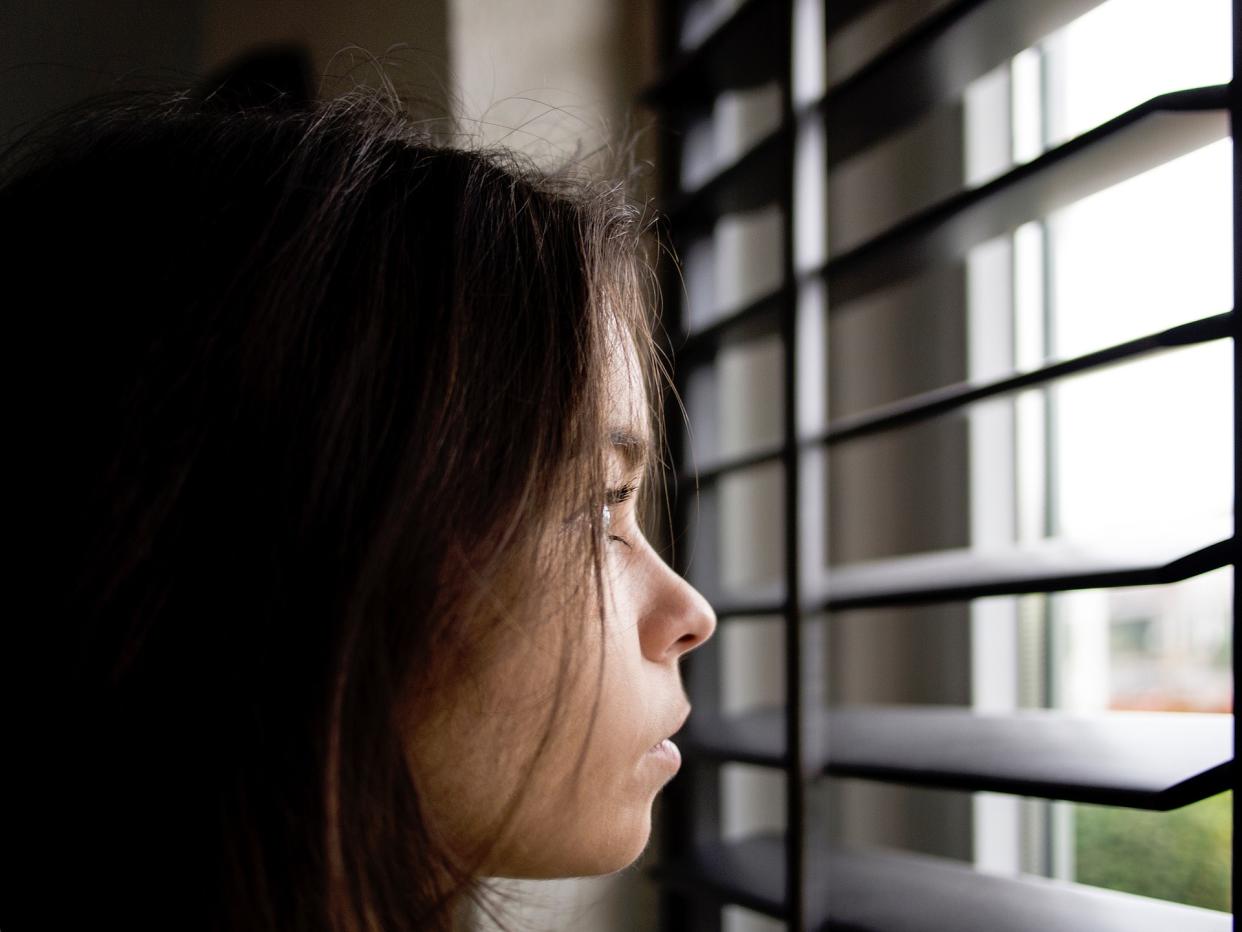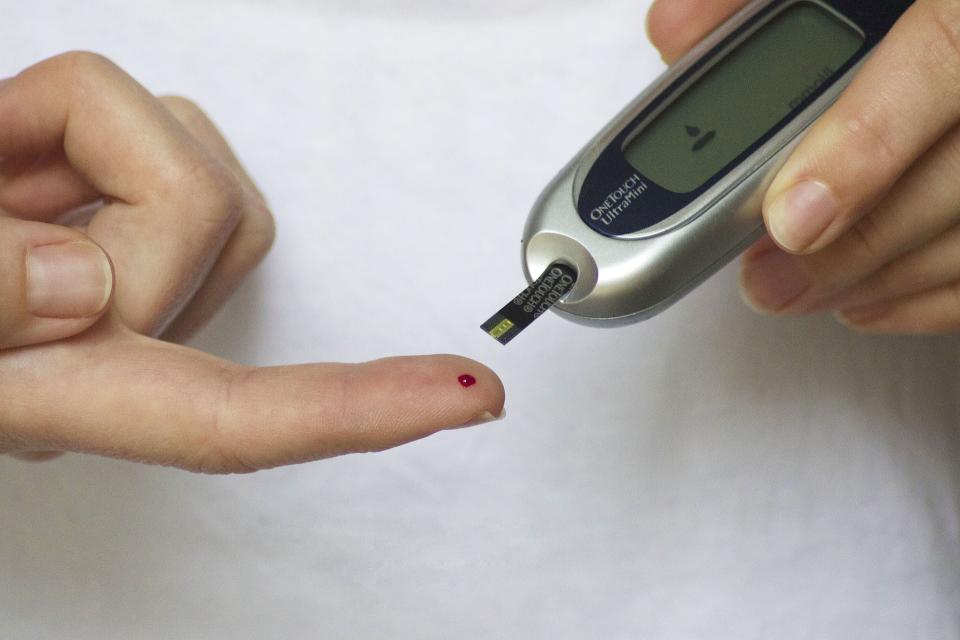If you have diabetes, protect your eyes from diabetic retinopathy

The longer you have diabetes, the greater your risk of developing diabetic retinopathy, an eye-related complication of diabetes that is a leading cause of blindness in young and middle-aged adults. An estimated 1 in 3 individuals with diabetes develop diabetic retinopathy.
According to HealthHub, about 440,000 Singapore residents aged 18 years and above had diabetes in 2014, and the number is estimated to grow to 1 million in 2050. The rise in the incidence of diabetes in Singapore has led to a concurrent rise in cases of diabetic retinopathy.
Diabetic retinopathy usually affects both eyes.
Risk factors of diabetic retinopathy
In addition to the duration of diabetes, other risk factors of diabetic retinopathy include:
Poor control of blood sugar
High blood pressure
High cholesterol
Smoking, tobacco use
Pregnancy
Anyone suffering from diabetes, both type 1 and 2, is at risk of diabetic retinopathy which occurs when excess sugar in your blood blocks the tiny blood vessels that nourish the retina, cutting off its blood supply. New blood vessels develop but these are immature and leak easily, bleeding into the eye cavity and affecting vision.
There are two main types of diabetic retinopathy: early or non-proliferative diabetic retinopathy and advanced or proliferative diabetic retinopathy.
What are the symptoms of diabetic retinopathy?
Diabetic retinopathy does not have any symptoms in the early stages. Symptoms appear as the disease progresses and include:
Loss of central vision when reading or driving
Impaired colour vision
Blurring
Spots or floaters
Eye pain, redness
Treatment for diabetic retinopathy
Treatment for diabetic retinopathy depends on the stage of the disease. If you are at an early stage, you may not require any treatment and your doctor may simply advise you to manage your diabetes to slow the progression of the disease.
At an advanced stage, treatment options include: Laser treatment to treat the problem of leaking blood vessels, e.g. photocoagulation, panretinal photocoagulation; Injecting medication into the eye to stop the growth of new blood vessels; Surgery, e.g., vitrectomy, to remove blood or scar tissue from the eye.
If left untreated, diabetic retinopathy can lead to vision loss.

Tips to reduce your risk of diabetic retinopathy
Control your blood glucose
Have a comprehensive eye exam with dilation at least once a year
Control high blood pressure, high cholesterol
Stop smoking
Limit alcohol intake
Maintain a healthy weight
Exercise regularly
Eat a healthy, balanced diet
Related stories:
Sagging eyelids and tired eyes? You could have droopy eyelids


